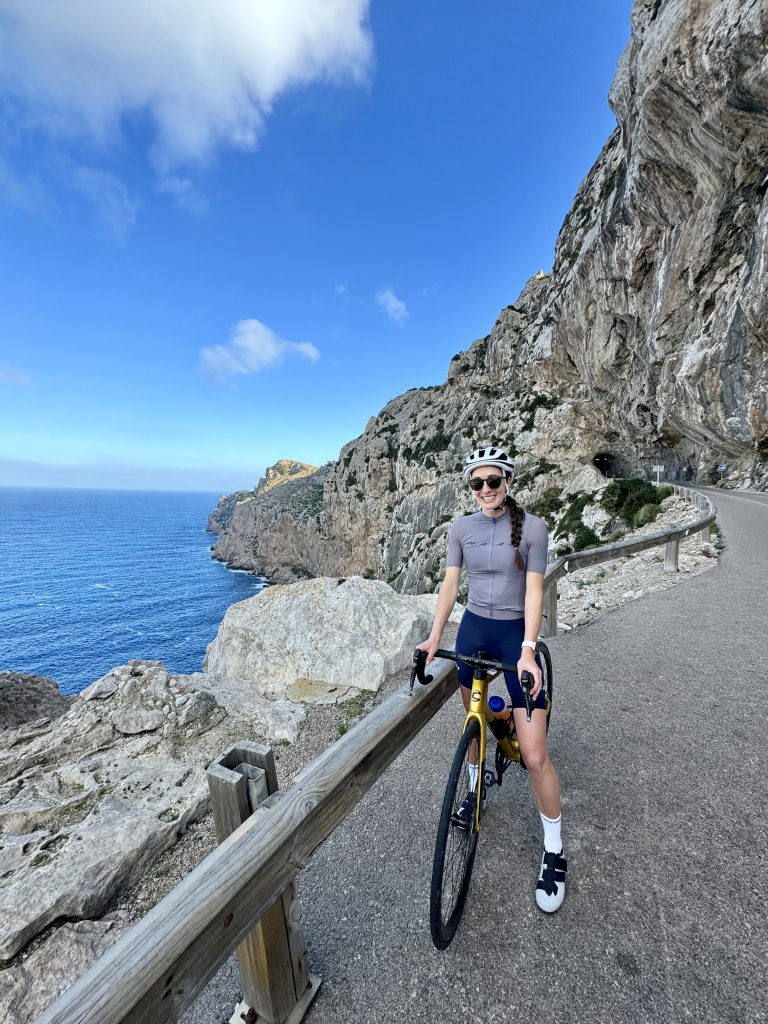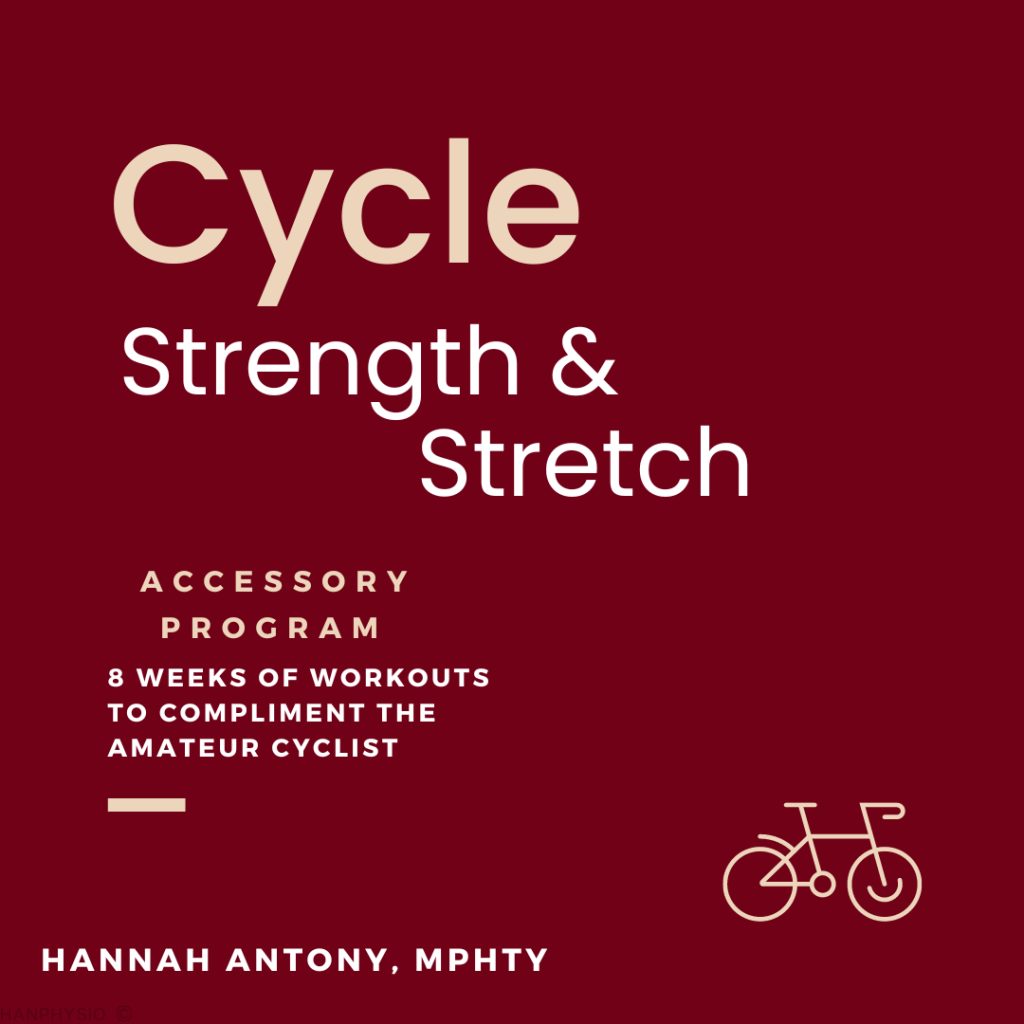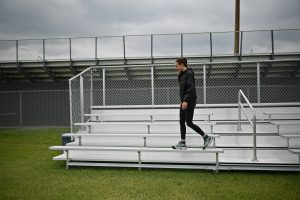Strength and mobility for cyclists
The more I watch pro cycling events, the more impressed I am each time with their performance.
10% incline on a hill? They pedal harder.
Peloton averaging 45km/h with a head wind? Don’t get dropped.
6 hours in a single day 280km ride? Of course.
The mental and physical capacity of elite cyclists is next level.
Now, I’m nowhere near that, I’ve been cycling for about 2 years, but I know how my body feels doing it and having been treating cyclists as a physiotherapist for the past 7 years, I have seen some common occurrences.

Here’s how I address some of those common cycling pains and injuries for my patients as a physiotherapist:
Position Tolerance
The important part of this section is that to get better at any sport you must do that sport. This relates to the unique position of cycling. Yes, there are ways to combat a sore butt, like a proper saddle, proper bike sizing and proper bike clothing, but the main source of comfort will come from gradually doing more riding.
This applies to your neck position, hands, and back as well. This position is new and is puts a lot of strain on the body in areas you will not be used to right away.
The best advice I can give is to take breaks, work on the exercises mentioned below, recover well and slowly build up to your goal distances or speeds.
Quad Strength and Power
Power exercises focus on building explosive strength, which can be especially beneficial for cyclists. When you’re cycling, you’re constantly pushing against resistance, whether it’s the wind, the terrain, or the weight of your own body. By building explosive strength, you can generate more power with each pedal stroke, allowing you to tackle hills and headwinds with greater ease.
Neck and Trunk Stability
Having good neck control allows you to keep your head in a neutral position, which helps to reduce strain on your neck and upper back. This is especially important during longer rides when you may be in the saddle for hours at a time.
Your core muscles help to stabilize your body, allowing you to maintain proper form and control on the bike. This can help prevent injuries to your lower back and hips which can be common in cyclists.
Off the Bike Mobility and Stretching
Recovery is essential for all sports, but especially endurance sports. Cycling often has you on the bike for hours, so make sure to get adequate sleep, nutrition and hydration. In support of this, mobility exercises can help decrease feelings of soreness or tightness with cycling.
Breath Control
Proper breathing technique can help you stay relaxed and focused during your rides which can improve your performance. Deep, diaphragmatic breathing can also help you stay relaxed and keep your heart rate under control.
For full programming, I made the Injury Prevention Program Cycle Strength & Stretch so that you have something to follow along either in-season or pre-season so that you can start to get up to speed.
This program would be great to combine with a trainer program or with less frequency for in-season.



